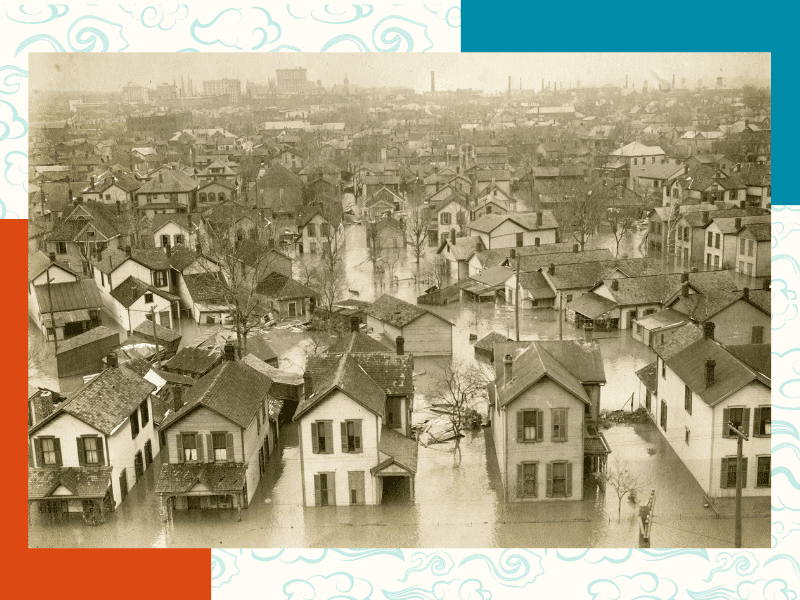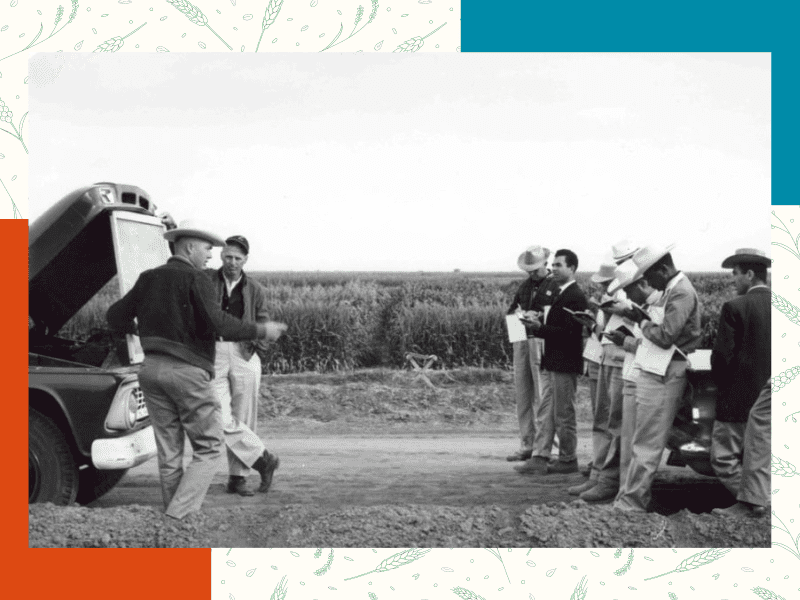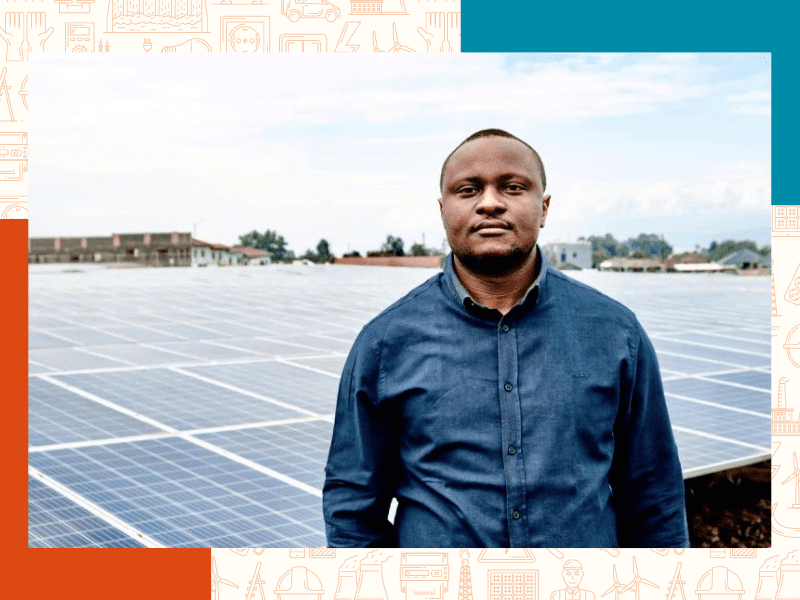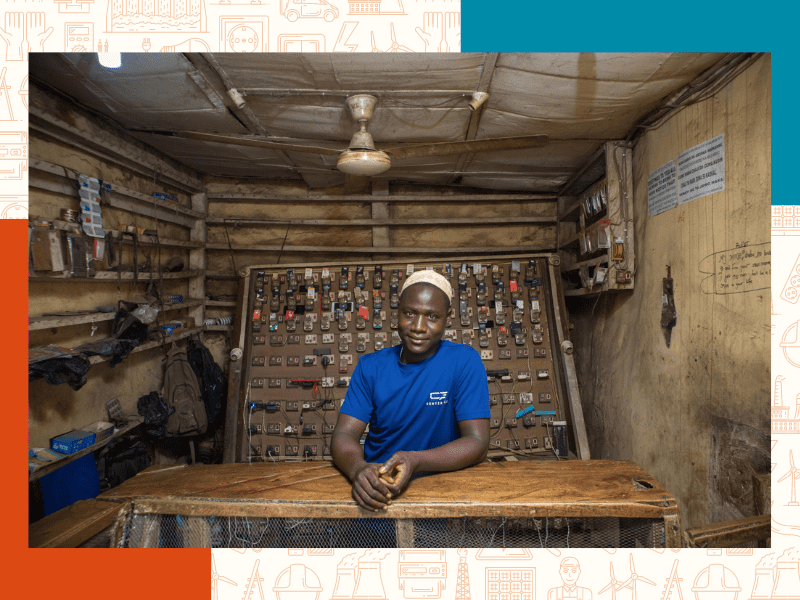The disaster had left the community reeling. Particularly hard hit was this organization’s relatively new facility, leading them to hunt for funding for the necessary renovations — which brought them to the doors of The Rockefeller Foundation.
As the Board discussed the request for relief, Trustees began to debate the purpose of this new Foundation. Eventually, founder John D. Rockefeller’s chief philanthropic advisor, Frederick Gates, spoke up. He said, “The Rockefeller Foundation should in general confine itself to projects of an important character, too large to be undertaken, or otherwise unlikely to be undertaken, by other agencies.” Guided by this clarity of purpose, the Board ultimately declined to provide funding.
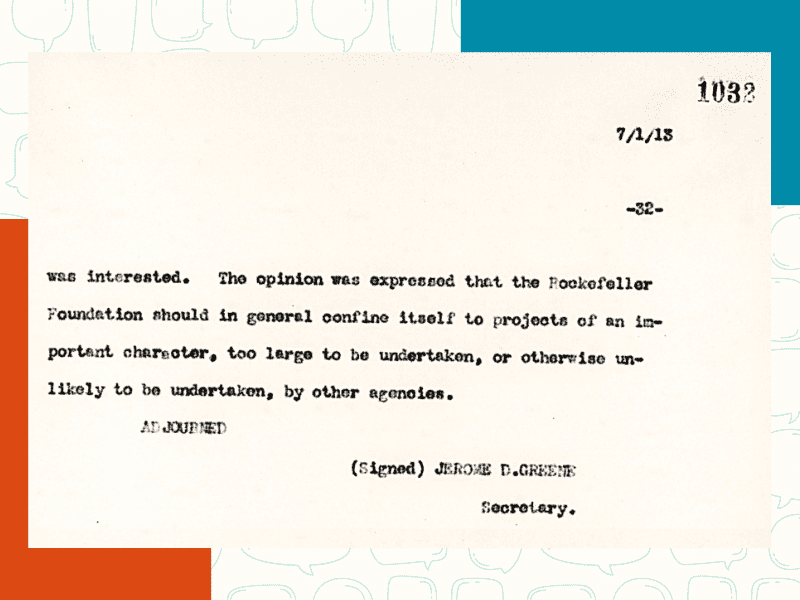
There was risk in saying no. People were in desperate need, and the fledgling Foundation’s reputation was not yet established. But the sort of philanthropy Rockefeller and Gates envisioned — and the Board signaled with its decision — had the potential to realize a different kind of reward.
While many at the time were dedicated to the important work of responding to immediate needs — feeding hungry children, housing families in need, or rehabilitating buildings, for example — Rockefeller thought his fortune was better fit for longer-term, more systemic work. He and Gates harbored a deep desire to use what they called “scientific philanthropy” to solve problems at the root rather than relieve their symptoms.
This idea was novel, even revolutionary, at a time when both “science” and “philanthropy” were unproven paths to progress, let alone as a combined concept. That level of ambition demanded discipline in reviewing what kind of efforts to undertake, but it also required a different kind of organization to carry them out.
Over the last 111 years, teams at the Foundation, working with partners and grantees, have strived to embody that idea and, in the process, shown what it takes to make scientific philanthropy work.
- It requires choosing the right goal, more solution than salve.
- It requires being everything from capital mobilizers to conveners.
- It requires at times making grants in the traditional model of philanthropy and at other times operating programs.
- It requires tracking progress across all those endeavors — to identify what works and what does not, to amplify the former and abandon the latter.
- And perhaps most importantly, it requires us digging in and getting our hands dirty — figuratively and, sometimes, literally.
In some cases, this work requires us to fund institutions and, where the necessary organizations either don’t exist or don’t meet the need, to found them. Some of the institutions the Foundation has helped establish over the last 111 years continue to help the world tackle important challenges today, including the World Health Organization, National Science Foundation, U.S. National Institutes of Health, London School of Hygiene and Tropical Medicine, Peking University Medical College, and dozens of other essential organizations. One of the most recent — Co-Impact, which the Foundation helped start in 2017 — is now supporting locally-rooted coalitions advance women’s empowerment and opportunity for all in Africa, Asia, and Latin America.
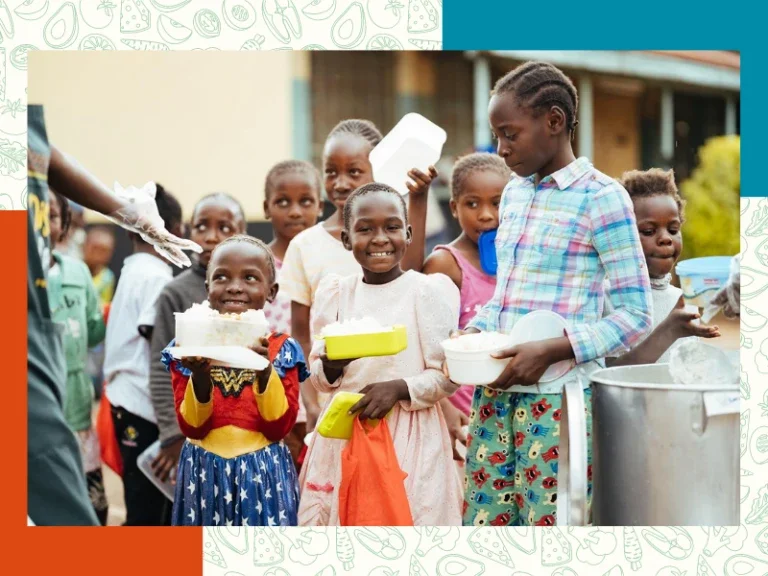
Today, “scientific philanthropy” is no longer a novel concept. This tried-and-tested approach of making what we call “big bets” has now yielded consistent results for 111 years. We are not alone in leveraging this playbook. Other philanthropies have also found success in turning its tenets into action: setting audacious goals, finding new solutions or applying old ones in new ways, building alliances even with unlikely partners, and tracking progress through it all.
But even though it is more than a century old, the Rockefeller model is now more necessary than ever. Just as Rockefeller set out to solve the most pressing problems of his day, today’s world presents no shortage of challenges. Indeed, one headline recently declared this the “era of the unfixable problem.” In my view, none is more consequential than the enormous threat, accelerating effects, and underwhelming global response to climate change.
Last year, I detailed our approach to climate. This year, I want to focus on why it is more important than ever for The Rockefeller Foundation, and our peers in philanthropy, to rededicate ourselves to the work needed to solve the problems of this precarious moment and to shape what comes next.
Despite those notable contributions, there has always been a special space for philanthropy. Over the past century, philanthropic individuals and institutions have proven to be uniquely suited to filling the gap, taking on “projects of an important character” that were unlikely to be undertaken by either the public or private sectors — partnering with each where possible, while also compensating for each sector’s unique limitations, often pushing past the point where business’ profit motive disappears and government’s political will dwindles.
Even just a selection of philanthropy’s history can teach us important lessons about how some of our boldest bets have helped humanity rise to some of our biggest moments and, in many cases — but notably not all — realize outsized rewards.
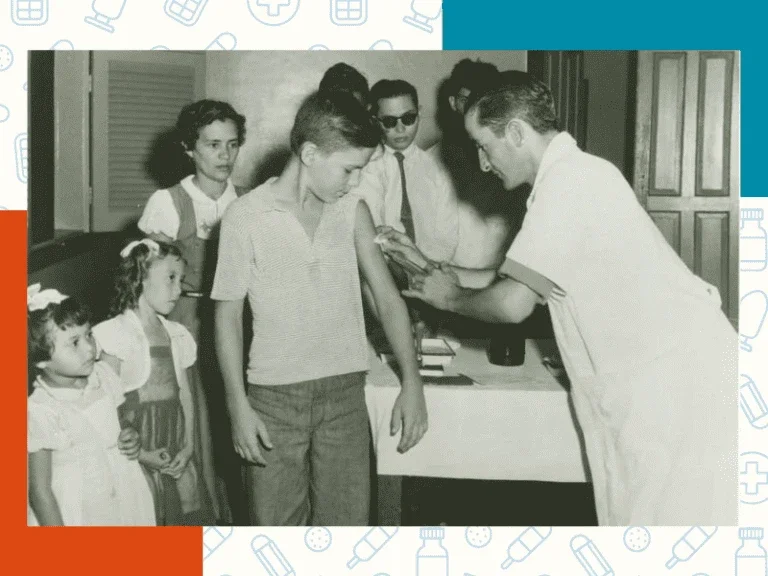
When yellow fever outbreaks regularly took countless lives and bedeviled medical professionals around the world, it was Rockefeller Foundation researchers who went to the hottest of hotspots to better study the disease — at the cost of six researchers’ own lives. This daring, headfirst approach eventually yielded the life-saving 17D vaccine and further strengthened the science-based field of public health that the Foundation helped establish. With 850 million doses administered to date, it is now widely considered to be one of the safest, most effective inoculations in history.
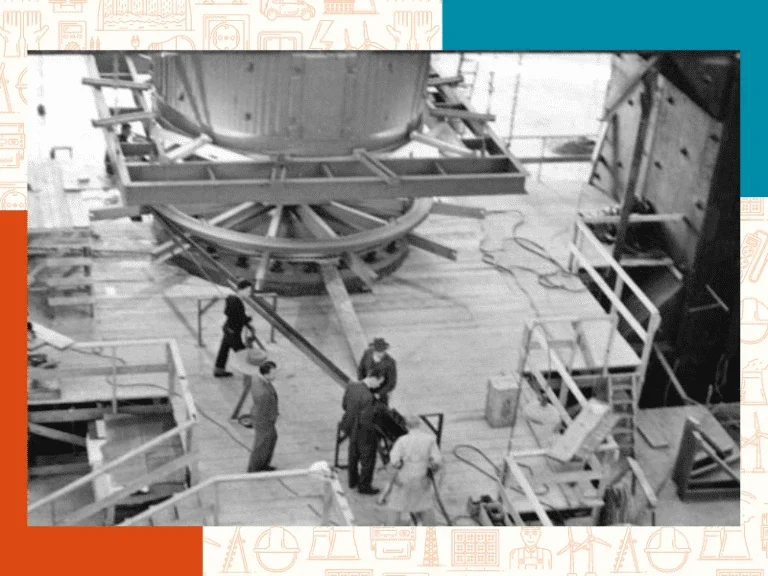
When researchers sought to push the boundaries of science and expand human understanding of nature’s greatest mysteries, it was the Foundation that funded scientists like J. Robert Oppenheimer and helped build the tools necessary to create the field of theoretical physics. That investment helped the world understand “smaller and smaller units of nature,” in the words of one Foundation leader, and the potential of atomic energy. But that knowledge also unlocked in the Manhattan Project a destructive power that haunts us to this day.
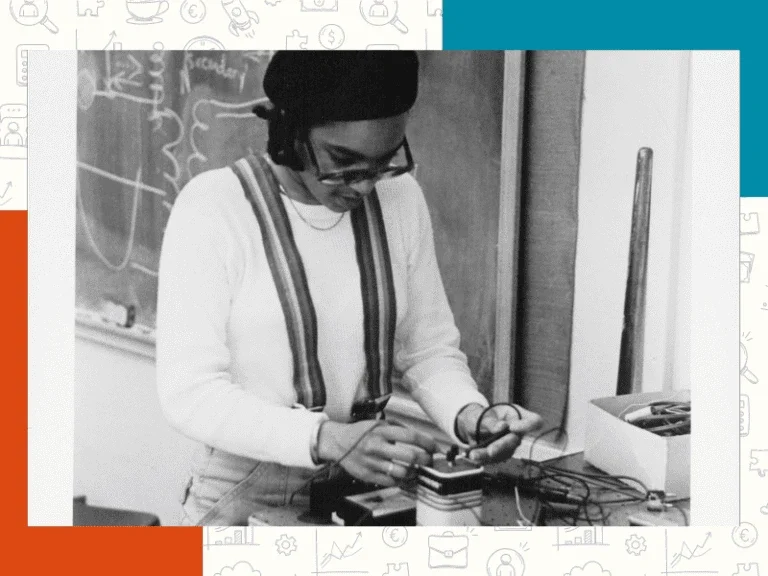
When the U.S. government reduced support for federal assistance programs in the 1980s, the Foundation didn’t just write checks, it experimented with a new approach for helping low-income Americans rise out of poverty, dubbed “welfare to work.” The experiment ultimately fell far short of its goals, leading one historian to deem it “one of philanthropy’s most constructive and important failures” — and sparking soul-searching that would inform the Foundation’s work for decades to come.
Other philanthropies have made big bets themselves.
When children all over the globe were dying from preventable diseases due to a lack of access to vaccines, the new foundation started by Bill and Melinda Gates stepped up support for Gavi, the Vaccine Alliance. What started as an idea at a convening of public health experts has grown into a global alliance of governments, NGOs, private sector partners, civil service organizations, and others that has vaccinated over 1 billion children — a shining example of the power of partnership to solve big problems.
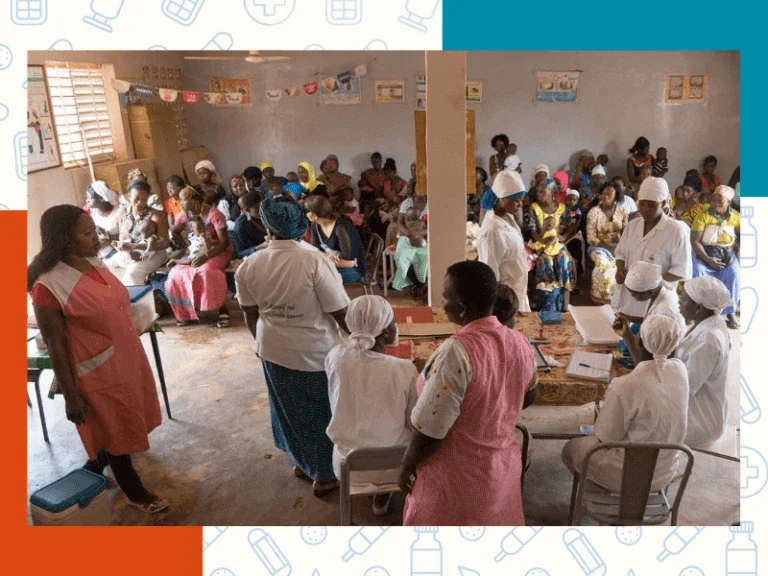
When Detroit was digging its way out of bankruptcy in 2013, the Ford Foundation brought together like-minded partners across the public and private sectors, as well as other philanthropies, to forge a shared path that would ensure the influx of local, national, and global investment flowing into the city would reach all Detroiters. More than a decade later, my hometown’s progress has been inspiring to watch — an ascent that would not have been possible without the leadership and convening power of Darren Walker and his team.
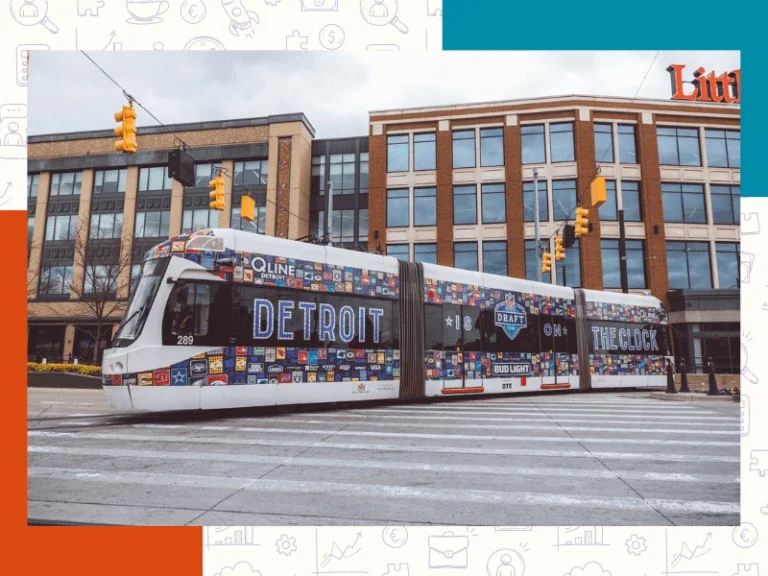
And as kids in India struggle to learn in an education system that is falling short of the mark, Rohini Nilekani, working with her own philanthropic initiatives and others, has set out to harness the power of open-source technology to increase access to opportunities. Through collaborations and national-scale programs, they are seeking to provide 200 million students the help they need to get ahead in reading and math — interventions that will reward those children for a lifetime
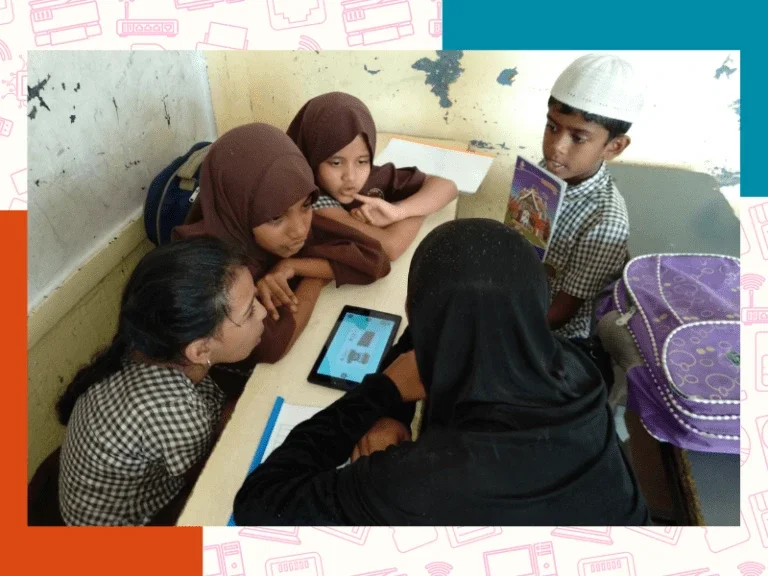
What can we learn from these stories — from the successes and the failures?
We learn that it is possible to solve even complicated problems, but there are risks, some of which are beyond anyone’s immediate control or impossible to understand before the work begins. Still, in each of those cases, those leading the way saw enough potential reward to forge ahead.
Curing a disease that had ravaged the world for centuries.
Unleashing new kinds of science and energy.
Giving the vulnerable a new path to progress.
Ensuring a child lives long enough to see their 5th, 10th, and 20th birthdays, no matter where they are born.
Saving a historic city’s future.
Unlocking the potential of millions of children with literacy.
To do so, these leaders — along with their teams and partners — made big bets that were essential for humanity. They combined the boldness of their vision with a solution based on evidence and a commitment to the details to improve their odds. Money alone did not determine their success or failure. These outcomes hinged on intentional program design, alliance building, geopolitical and political acumen, data analysis, deep expertise, new and different kinds of financing, the persistence to execute, and the agility to pivot when necessary.
In short, they provided a blueprint that shows us how to tackle today’s problems: While we may not be able to control all the factors that will dictate whether a big bet is successful, if we work tirelessly to improve the odds of success, humanity can win big.
More than two decades later, Lobo has built a coffee roastery as well as another company, one that provides families and entrepreneurs access to reliable, renewable electricity. Fittingly, it is named Nuru, which means “light” in Swahili. The potential market is vast. DRC businesses have cited electricity as the biggest obstacle to their daily operations. Today, 80 percent of people in the DRC do not have access to electricity, which is the single most powerful driver of someone’s livelihood and of the broader community’s social and economic well-being.
But electricity projects can be expensive, time-consuming, and dangerous. Lobo has taken on a great deal to construct four solar metro grids in the DRC and start constructing another 3 as part of Nuru’s goal to connect 10 million people to electricity, most for the first time, by 2030. These grids solve several problems at once: connecting the powerless to electricity, averting emissions, and removing the expense and pollution of diesel generation. As a result, the community is better off. Eunice Muhogera, the owner of a welding company in the city of Goma, said, “We connected to Nuru because there was no other energy supplier. To weld, we need energy.”
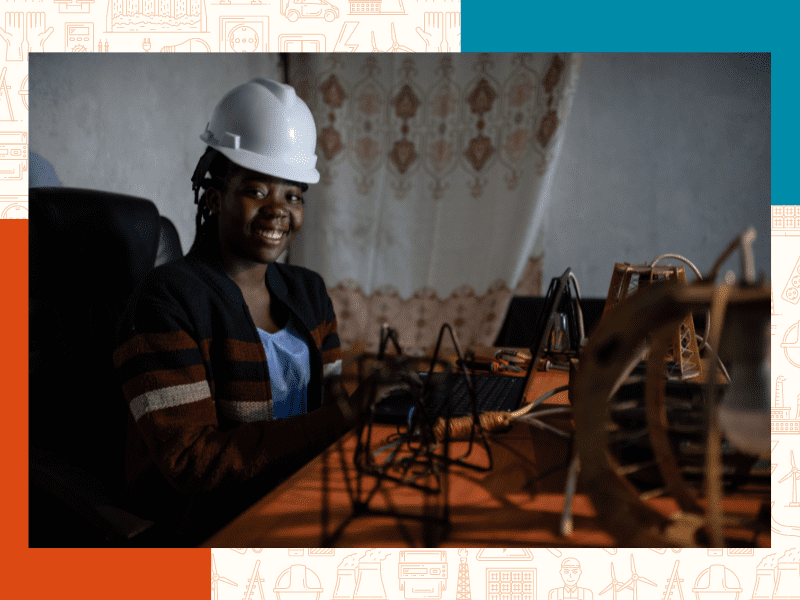
- 0millionmillion
number of people around the world who live without access to electricity
- 0%%
of people in sub-Saharan Africa live without electricity today
- 0%%
of global investments in renewable energy have gone to Africa over the last two decades
The world needs many more change makers like Lobo. Today, over 700 million people globally live without access to electricity, and hundreds of millions more live without sufficient access to improve their lives.
The good news is that while climate change creates a series of cascading crises — from climate refugees to the spread of disease — a global response, executed well and inclusively, can create compounding opportunities to promote human well-being. Already, governments and businesses are investing trillions of dollars in green economic sectors to advance new technologies, create new jobs, and more. This is the sort of influx of capital that comes along once in a generation.
The bad news is that Lobo, and other pioneering entrepreneurs like him around Africa and the rest of the world, are rarely benefiting from these investments. Many private entities around the world have struggled to bring the type of long-term thinking and risk-taking appetite needed to invest developing economies. High interest rates and a difficult inflationary environment are making it more expensive for debt-laden countries to invest, particularly as climate change is already making life more difficult for their people. Faced with immature markets, unstable currencies, and untested returns, private capital flows elsewhere. For those reasons, only 2 percent of global investments in renewable energy have gone to Africa over the last two decades.
Leveraging innovations to overcome these inequities and seize these opportunities is the type of scientific philanthropy that Rockefeller imagined when he started his Foundation. It is also the sort of important, large-scale undertaking that is too big for any one government, business, or philanthropy to tackle alone.
Nuru, based in Goma, DRC, is one of Africa’s pioneering renewable energy-powered metro grid companies. By delivering world-class renewable energy and connectivity services, Nuru aims to empower 5 million Congolese people, one connection at a time.
It is why in 2020, The Rockefeller Foundation took an unprecedented risk, borrowing money against our endowment for the first time to invest $500 million to — among other efforts — create an alliance that could accelerate energy transitions in emerging and developing countries. This partnership, the Global Energy Alliance for People and Planet (GEAPP), seeks to connect a billion people worldwide to reliable, affordable, clean power while also averting four billion tons of carbon emissions and supporting more than 150 million sustainable livelihoods over the next decade.
- To date, GEAPP has invested and committed$0million
- to0
projects
- in0
countries
To date, GEAPP has invested and committed $464 million to nearly 130 projects in 40 countries. One of them is with Nuru.
GEAPP bolsters first movers like Nuru, those working in some of the farthest-flung and toughest locales, and those working on the kind of innovative solutions and ideas that inspire others to bring their own to the table. By helping provide the risk capital, technical and regulatory know-how, business models, and connections with other funders and providers, these projects become more attractive for others to join. These projects, particularly distributed renewable energy (DRE) initiatives like Nuru’s metro grids, are delivering progress that will change the lives of tens of millions.
They are also helping build the momentum needed to unlock the cooperation and capital required to connect everyone who lacks access to electricity today. The World Bank and African Development Bank recently committed $30 billion to connect 300 million Africans to renewable electricity by 2030, leveraging the extensive work that GEAPP and the World Bank have done together to test and develop innovative DRE projects in recent years. Similarly ambitious partnerships can be built elsewhere by GEAPP — enough to reach over 250 million people in India and more than 100 million each across Latin America and the Caribbean. These projects and partnerships will bring clean power to rapidly growing economies without triggering our climate catastrophe, while expanding opportunities for better, safer, healthier, and more stable lives.
When we change energy, we change lives. This is why the Foundation helped start GEAPP in the first place.
If we could have written a big check to an institution with the commitment, capacity, and capital to connect nearly a billion people to clean electricity, we would have done so in a heartbeat. No organization existed for that purpose. So, along with more than 50 GEAPP partners including the IKEA Foundation and Bezos Earth Fund, we have built one designed to eventually sustain itself — while carrying the significant costs associated with its development in the meantime.
Like those mentioned above, the success of this big bet on the global energy transition will not be determined by money alone, but by the application of 111 years of lessons. As the Foundation has done since our founding, we’ll join with others in the public, private, and philanthropic sectors to share the risk and spread the rewards. We’ll convene the world’s brightest minds and crowdsource the best possible ideas. We’ll look at the finance models and technologies that exist today — even nuclear energy, furthered by Rockefeller more than 80 years ago — and at innovations that may exist someday. We’ll track data to understand what’s working and what isn’t. And we’ll have the discipline to admit as much and the agility to try something new.
For this reason, the Foundation’s Board of Trustees approved last June an ambitious plan to commit every piece of our platform to work at the intersection of climate change and human opportunity. We will invest $1 billion over five years to scale people-centered solutions that can create the types of unique collaborations needed to reverse the climate crisis and advance opportunity.
As we made clear last year, we are trying to solve these problems at their root. In addition to accelerating the global energy transition, we seek to:
- transform food systems so they nourish people and planet alike,
- strengthen our health systems by advancing innovations that can help the most vulnerable live healthier lives, and
- make our global economy more equitable while unlocking the trillions of dollars needed to address climate change.
Transforming these systems can correct long-time injustices and inequities, both at home and abroad — providing relief to climate change’s symptoms even as we invest the bulk of our resources in unique partnerships and solutions that get at the root cause.
Over the last year, the Foundation’s remarkable teams have partnered with local institutions in India to support dashboards to track — and target responses to — dengue outbreaks that climate change is making more common and widespread around the world. We have built alliances to ensure school meals, the world’s largest social safety net, are good for people and planet. We have piloted new financing mechanisms to support the livelihoods of women and girls living on the frontlines of climate change in Southeast Asia, help mitigate wildfires in the western United States, and reforest the Amazon. And we have established new partnerships to help ensure that unprecedented federal investments in greening the U.S. economy reach historically marginalized communities.

Part of a new feeding program begun by Food4Education and supported by The Rockefeller Foundation and the Fortified Whole Grain Alliance, kitchen workers arrive at dawn at Gikuu Primary, Murang’a County, Kenya, to begin preparing porridge made from a type of whole grain known as uji. Three motorbike drivers then transport the uji in silver cannisters to 17 nearby schools.
To realize these commitments, The Rockefeller Foundation is reimagining our institution, ensuring that we remain true to our founder’s 1913 vision of scientific philanthropy while we work in 2024’s dynamic world. We’re doing the work required to meet our commitments to drive our operations and endowment towards net zero targets. We’re optimizing how we find and develop solutions, where we work, who we partner with, and how we mobilize additional capital. And we’re recalibrating the organization to empower our team with the right structure and the new, deeper capabilities needed to implement our climate strategy. That includes strengthening RF Catalytic Capital (RFCC), which enables foundations, impact investors, businesses, governments, and other funders to combine their resources to build solutions for social impact and bring about transformational change.
We know we need to do more. In fact, we believe everyone does.
Governments must find ways to work beyond their borders to solve global problems and support global public goods. Businesses must be able to see potential long-term rewards in places that present short-term risks. And those of us of committing resources to philanthropy, a group whose numbers and wealth have increased dramatically over the past few years, need to do our part as well. Less than 2 percent of global philanthropy went toward reversing climate change in 2021 and 2022.
At a moment when humanity is facing unprecedented threats and opportunities, those of us in its service need to bet big. Long-time institutions need to reimagine their work, organizations, and missions in this era, while new donors need to think bolder about what they hope to achieve.
As they do, philanthropies and philanthropists should remember the dilemma posed at the 1913 Rockefeller Board meeting. The cruel irony of the climate era is that it is increasing the need for both immediate relief, as floods like the one that ravaged Dayton become more common and intense around the world, and long-term solutions that get at its root causes.
Meeting this moment will take more than writing a check. It will require us to refine and adopt the model of philanthropy that has evolved over the last 111 years. Philanthropy’s history proves it is realistic to be optimistic about our capacity to make large-scale change. With discipline and focus, philanthropy can continue to take on “projects of an important character, too large to be undertaken, or otherwise unlikely to be undertaken” by others.
The last century has made clear philanthropy can be the most effective source of flexible, innovative risk capital for solving the world’s biggest problems. Individuals and institutions have proven we can make big bets — and improve billions of lives in the process.
With the right decisions and discipline, I believe we can do so again — and that we must do so again. I hope you’ll join us.
Onwards,


Dr. Rajiv J. Shah
President, The Rockefeller Foundation
